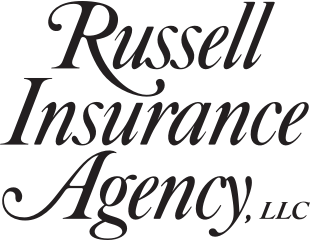
Would flood insurance cover seepage of water into my basement?
It would in certain circumstances. An NFIP policy covers the “unusual and rapid accumulation or runoff of surface waters....” So, if there is no surface water, there is no coverage. Water that enters the home through the ground below the surface is not a covered flood if it also does not accumulate on the surface. Water that “seeps or leaks on or through the covered property” is only covered “if there is a flood in the area and the flood is the proximate cause of the ... seepage of water.” There is no coverage for damage in basements when caused by groundwater seepage.
Does flooding have to occur from a storm in order to be covered?
NFIP flood coverage includes the “unusual and rapid accumulation or runoff of surface waters from any source.” This could be a broken water pipe, a discharge from an above-ground pool, a blocked storm drain or a ruptured water storage tank.
What determines the rates for flood insurance?
Besides the limits and deductible you choose, the following factors will determine your flood policy rates:
- whether your community is participating in the Emergency Program or the Regular Program (most are in the Regular Program);
- the location of your home on the Flood Insurance Rate Map;
- when your home was built—whether before or after the first FIRM was drawn;
- the distance (in ± feet) between the lowest floor of your home and the Base Flood Elevation (BFE); and
- the type of home (e.g., one or two floors, split level, basement, etc.).
Flood risk information presented on FIRMs is based on historic, meteorological, hydrological and hydraulic data, as well as open-space conditions, flood control works and development. Using information gathered in engineering studies, the Federal Emergency Management Agency designates Special Flood Hazard Areas on the FIRM, which are those areas subject to inundation by a flood that has a one percent or greater chance of being equaled or exceeded during any given year. This type of flood is referred to as a base flood. A base flood has a 26% chance of occurring during a 30-year period—the length of many mortgages. If your home is located in a SFHA (consisting of rating zones A and V), your rates will be higher than those in low-to-moderate hazard areas (consisting of rating zones B, C and X). FIRMS are in the process of being revised by FEMA, particularly in communities located in coastal areas. If the FIRM changes in your community, the rates you pay in the future may be affected.
How can I avoid paying higher premiums when flood maps are revised?
The most effective way is to raise the lowest floor of your home well above the minimum elevation, which is the Base Flood Elevation level. A good time to do this would be when the home is being repaired, renovated or reconstructed. After an insured flood loss has occurred, your flood policy could pay up to $30,000 for costs to bring the home into compliance with building codes. Also, if your home has been designated by FEMA as a Severe Repetitive Loss property, you could be offered grants that pay up to 75 to 95% of the mitigation costs.
Flood facts
On the eastern coast of the U.S., flooding occurs mainly during hurricane season, which runs primarily from June through October. Hurricanes affect coastal and inland areas. These areas can be inundated by torrential rains that result in widespread flooding. FEMA estimates that 75% of households located in federally designated special flood hazard areas carry no flood insurance.
More flood information is available by calling our Agency, 203.255.2877.

